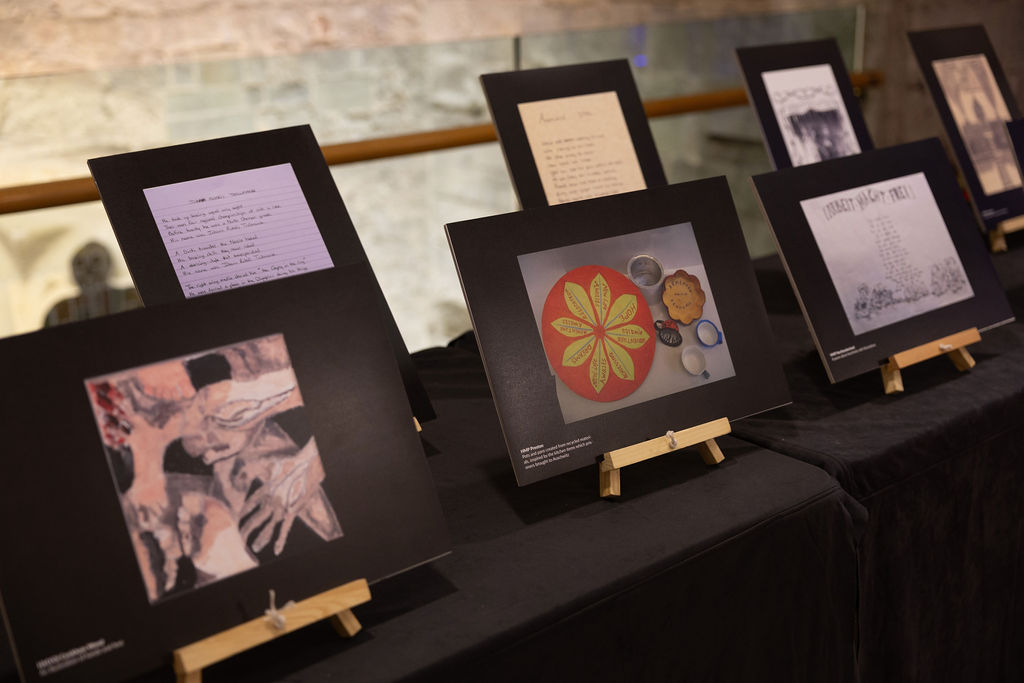Lesson plan for custodial settings in Scotland
This set of worksheets and PowerPoint introduces teachers and learners to six different genocides through a key date, the experiences of one person, and the story of one artefact. The final worksheet explores more current issues around discrimination.
 Download resource
Download resource
This resource has been created with the support of Fife College.
Teacher guidance and suggested activities are included to help you explore this lesson. If possible, you can distribute the worksheets around the classroom. However, you can also teach entirely off the PowerPoint, with only the teacher having a set of worksheets to read off, along with the guidance. You can pass this worksheet around, if you would like a learner to read aloud a section to the class.
This resource can be used in adult prisons, and in Youth Offender Institutions to learners over 18 years old. It is also suitable for non-custodial settings.
This is a flexible learning resource that can be used in a range of ways, allowing the teacher to tailor it to their classroom and lesson length. They have been designed for use around Holocaust Memorial Day, which takes place on 27 January each year.
You might focus on one genocide at a time, or look at more than one in the same session. We recommend covering at least one person or artefact with each genocide, to show learners a more holistic representation of events. Learners can then creatively respond to what they have learnt during this section of the lesson. You could create a Holocaust Memorial Day display with the learners’ finished responses.
The session/s should close with the final worksheet, which explores discrimination today.
This lesson is based on an earlier resource developed in partnership with Remembering Srebrenica and Waging Peace, and with thanks to USHMM, the Genocide Archive of Rwanda and featured survivors. This lesson is also based on an earlier resource produced in partnership with Stand Up! Education Against Discrimination.
Image: Artworks created by inmates for HMD. Credit: Sam Churchill / HMDT


